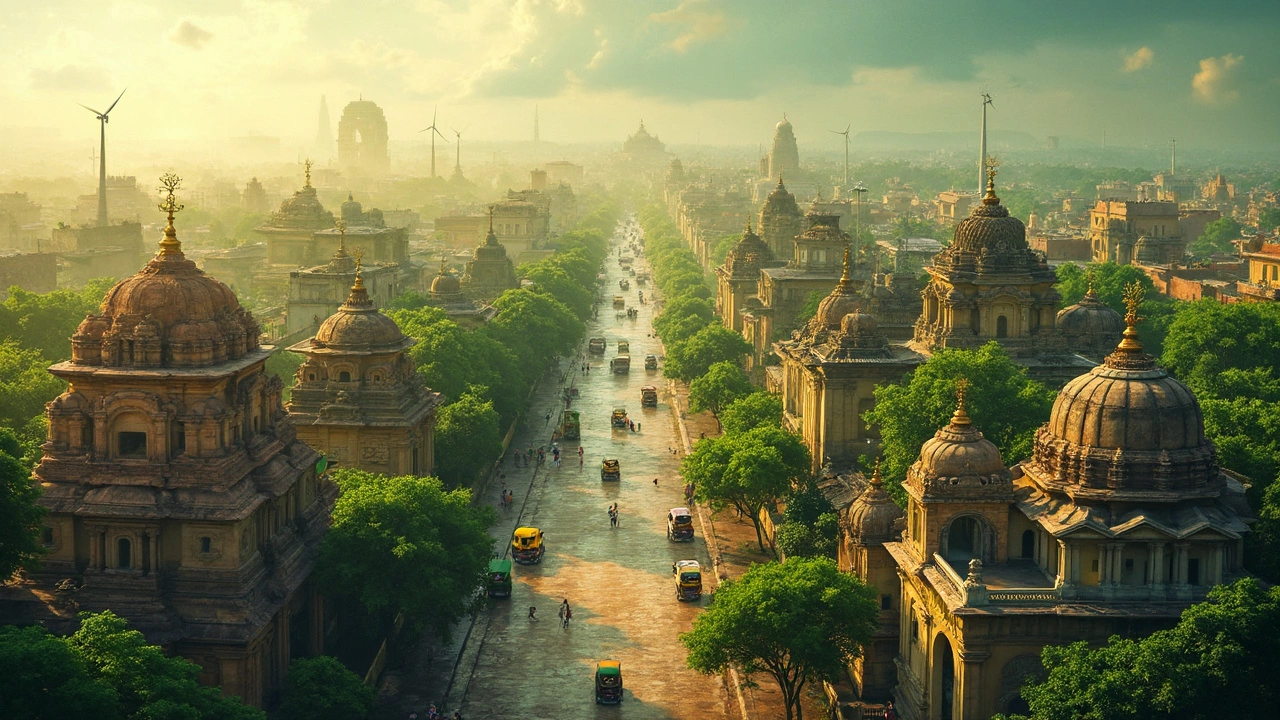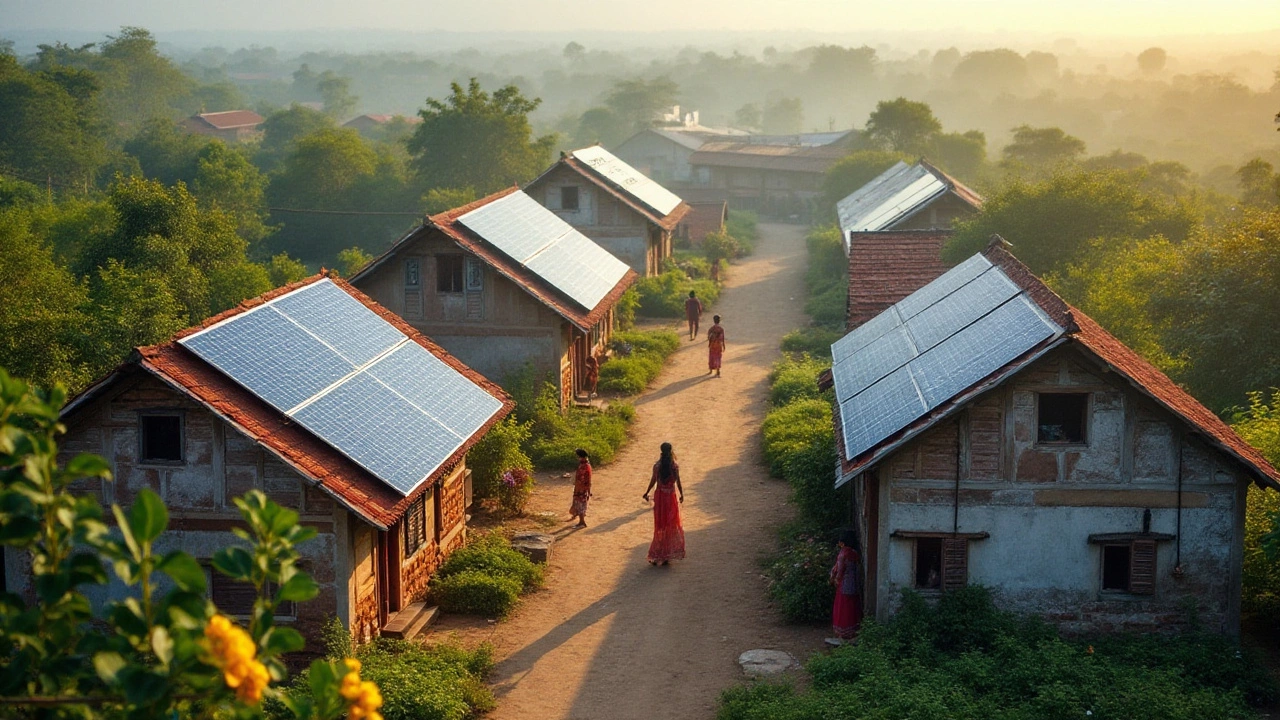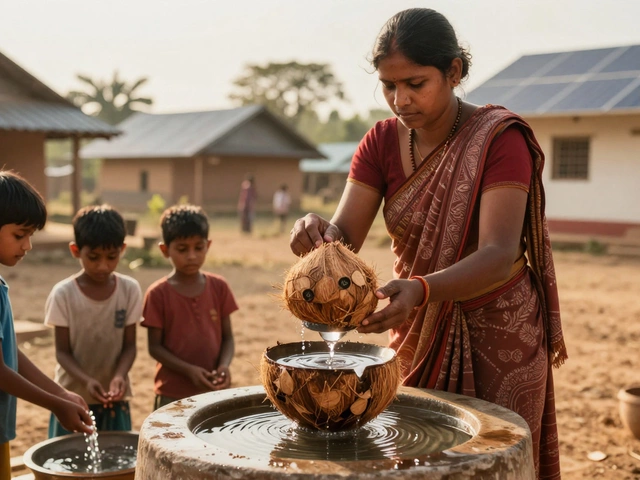Clean Energy: What It Is, Why It Matters, and How India Is Leading the Shift
When we talk about clean energy, energy produced with little to no pollution or greenhouse gas emissions over its full lifecycle. Also known as renewable energy, it’s not just about saving the planet—it’s about saving money, creating jobs, and making power reliable for everyone, from city apartments to remote villages. This isn’t theory. In India, solar and wind power are now cheaper than coal. You don’t need to believe in climate change to see the math: panels and turbines cost less to run, last longer, and need no fuel deliveries. That’s why solar is the fastest growing energy source in 2025, adding more capacity than every other source combined.
What makes one form of energy truly cleaner than another? It’s not just emissions. You have to look at land use, water needs, waste, and how long the system lasts. wind power, harnessing air movement to generate electricity through turbines. Also known as aerogeneration, it leads in sustainability—producing almost zero emissions, using minimal land, and lasting 25+ years with little maintenance. Solar panels are close behind, but they need more materials and space. Nuclear? It’s low-carbon but creates radioactive waste. Hydropower? Great until it floods valleys or dries up rivers. The cleanest energy isn’t the one with the prettiest marketing—it’s the one that works without costing the earth.
India’s shift isn’t just top-down policy. It’s farmers installing solar pumps, factories switching to green hydrogen, and villages powering schools with microgrids. energy emissions, the release of pollutants like CO2 and methane during energy production and use are dropping because real people chose better options—not because of pressure, but because it made sense. These aren’t experiments. They’re everyday solutions that cut bills, reduce sickness from dirty air, and create local jobs in installation, maintenance, and tech support.
Below, you’ll find real stories and data from across India: why wind beats solar in sustainability, how clean energy cuts healthcare costs, what it really takes to make technology stick in rural areas, and which energy source causes the fewest deaths. No hype. Just facts from people building this future—one panel, one turbine, one community at a time.







